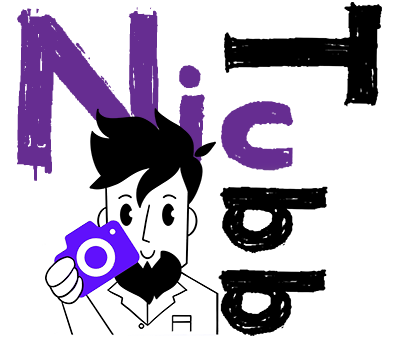Types of Employment
Assessment 1 - Test
Types of Employment
Jobs can often be classified by how often employees work
- Full Time
- Part Time
- Casual
Usually works 38 hours a week with regular hours each week.
Can be employed as a
- Permanent Ongoing – work there until you quit or are fired
- Fixed Contract – work until an agreed end point (end of the year, end of the project etc)
Employees are entitled to
- Paid sick and carer’s leave – 10 days per year
- Paid annual leave – 4 weeks per year
Similar to Full Time however, working less than 38 hours a week.
Usually have regular hours each week.
Again can be employed as a:
- Permanent Ongoing – work there until you quit or are fired
- Fixed Contract – work until an agreed end point (end of the year, end of the project etc)
Employees are entitled to some
- Paid sick and carer’s leave
- Paid annual leave
The amount may depend on how many hours are worked a week. Eg working 19 hours (half of a full week) might mean only 5 sick days instead of 10).
Employees are work irregular hours and generally only when required.
The hours you work could be changed at any time without notice. This means there is no guaranteed hours of work from one week to the next and can be fired sometimes without notice.
Employees are not entitled to paid sick days or annual leave.
If you don’t work… you don’t get paid.
Employees are entitled to:
- 2 days of unpaid ‘Carer’s’ leave
- 5 days unpaid ‘Family and Domestic Violence’ leave
- ‘Community Service’ leave (unpaid)
- Casual loading – usually 17% higher pay than part time
Full Time
38 hours a week
Full paid sick and annual leave
Part Time
Less than 38 hours a week
Less paid sick days and leave
Casual
You work when the boss needs you
No paid leave
Get 17% more pay
Types of Income
There are several ways to be paid:
- Wage
- Salary
- Piecework
- Commission
A wage is an amount of money paid to an employee per hour (might also be per day or per week).
The more hours the employee works; the more money they are paid.
Salary is a fixed amount of money paid to an employee in return for work performed.
Most commonly, the amount is paid in equal parts every fortnight.
It doesn’t matter how long the job takes and might require more than 38 hours/week (unpaid overtime)
Piecework is where an employee is paid per set amount of work completed.
This is common in the agriculture and textiles industries
Money is paid for each:
- bucket picked, or packed, or pruned
- piece of clothing sewn
A commission is where an employee is paid a percentage of how much money they make for the employer.
This is most common in sales jobs
- Car sales
- Real estate
Employees on a commission often also have a retainer (similar to a salary but smaller) that they receive each week as well.
Gross Pay vs Net Pay
Great you’re getting paid!
Now you have to know about:
- Superannuation
- Income tax
- Medicare levy
Gross income is the maximum amount you get paid.
This is often called your income ‘before tax’
This is what the government uses to pay for the fire department, roads, hospitals and other things that the whole society uses. The idea is that if you make more money, you can afford to pay more in tax. So the amount of tax you pay depends on how much income you have. To find the current income tax rates go to the Australian Taxation Office website here. (It also depends if you are an Australian citizen or not)
The Medicare Levy helps fund Australia’s public health system known as Medicare.
The Medicare levy is 2% of your gross income, in addition to the tax you pay on your income.
This essentially means that if you pay tax; you also have to pay 2% as Medicare levy.
Superannuation is a savings account for when you retire and cannot work anymore.
10.5% of your gross income will disappear into your superannuation account.
Net pay is what you have left over after tax, Medicare levy and superannuation are taken out.
(Gross pay) – (tax) – (medicare levy) – (superannuation) = Net pay
